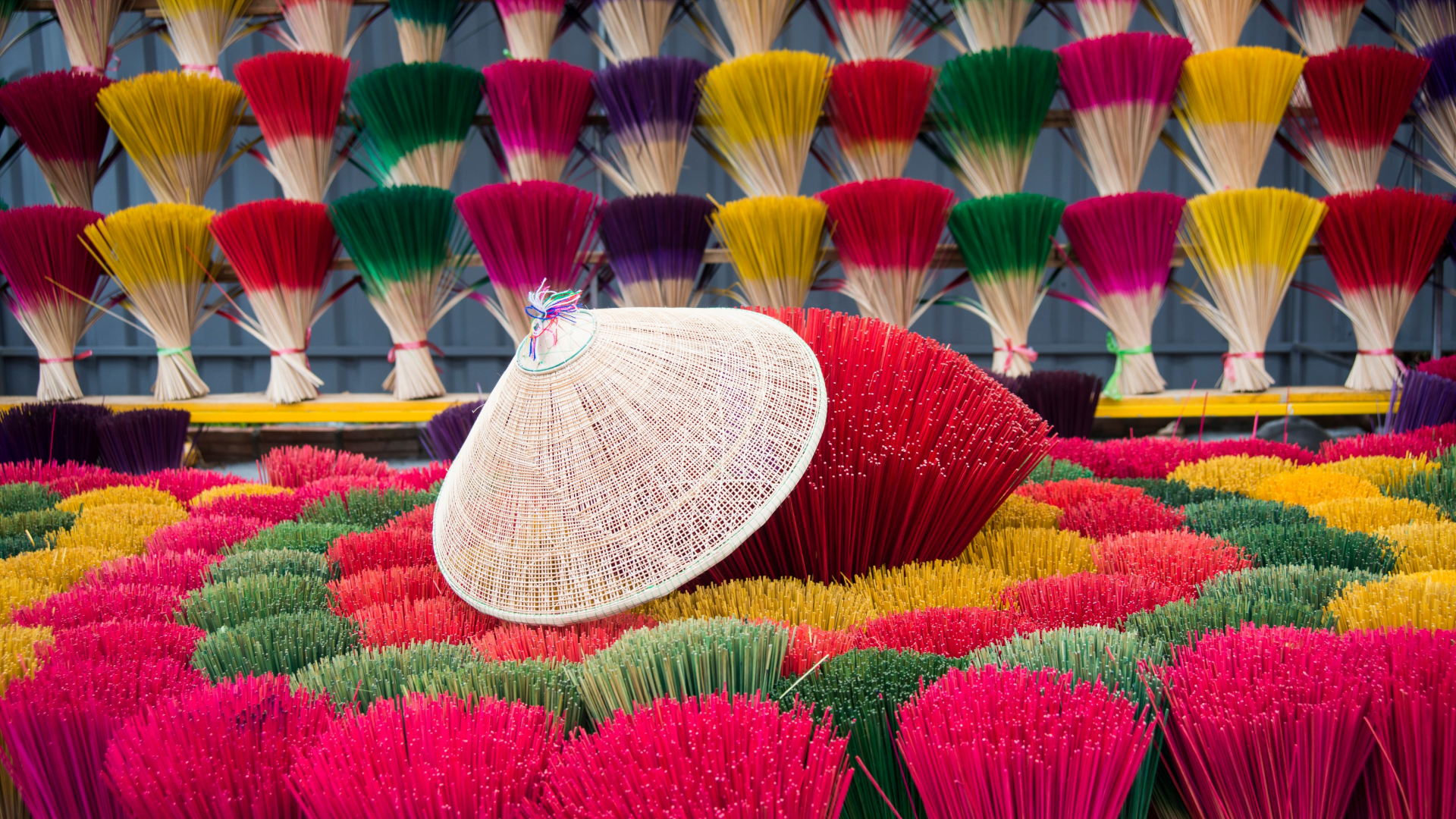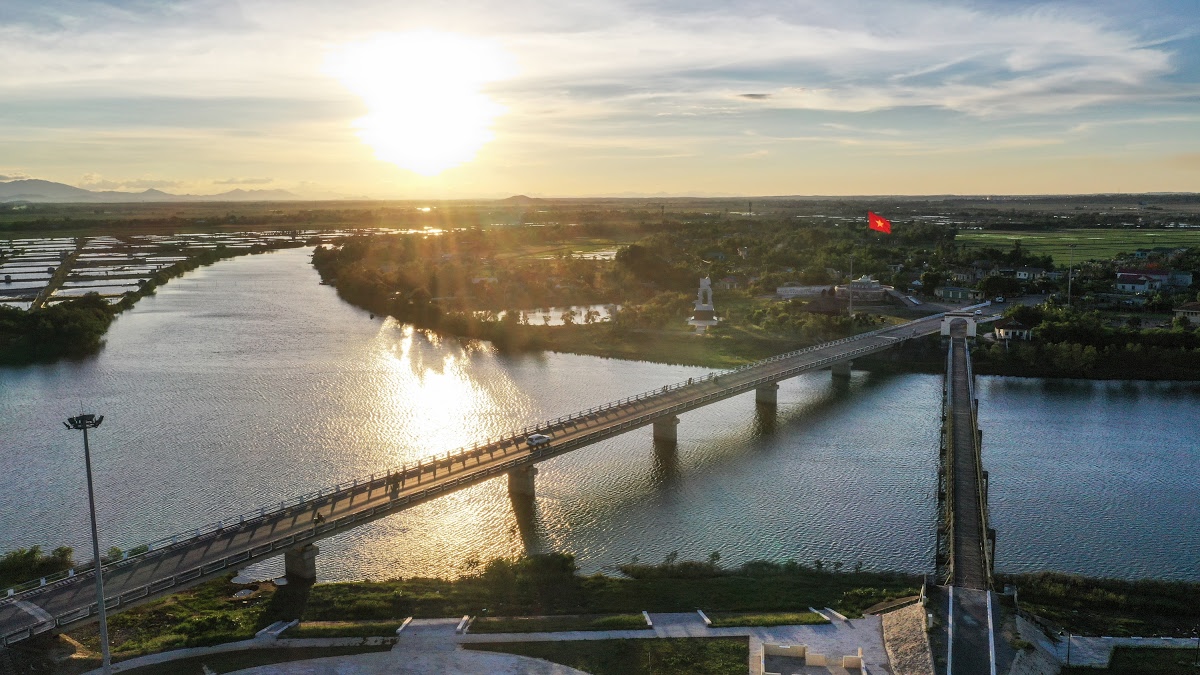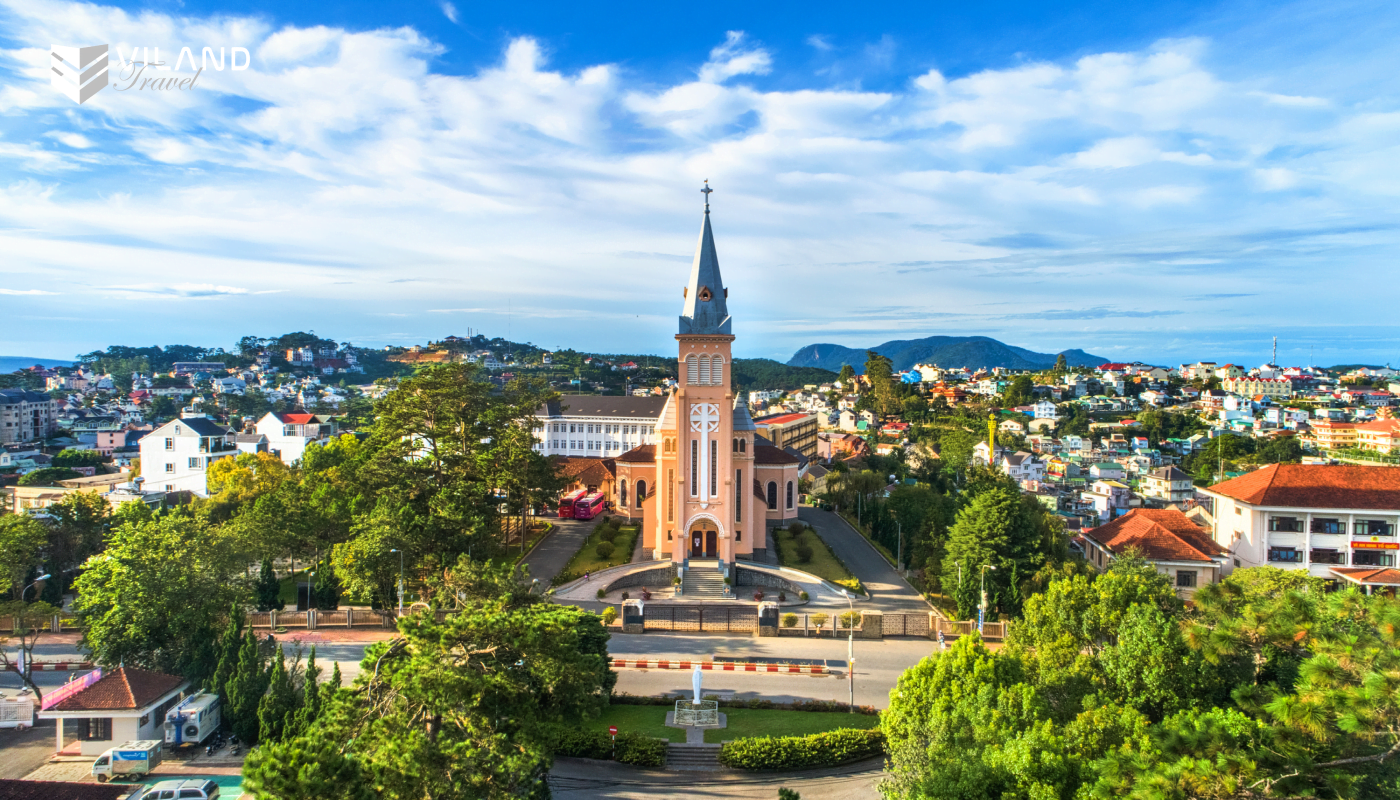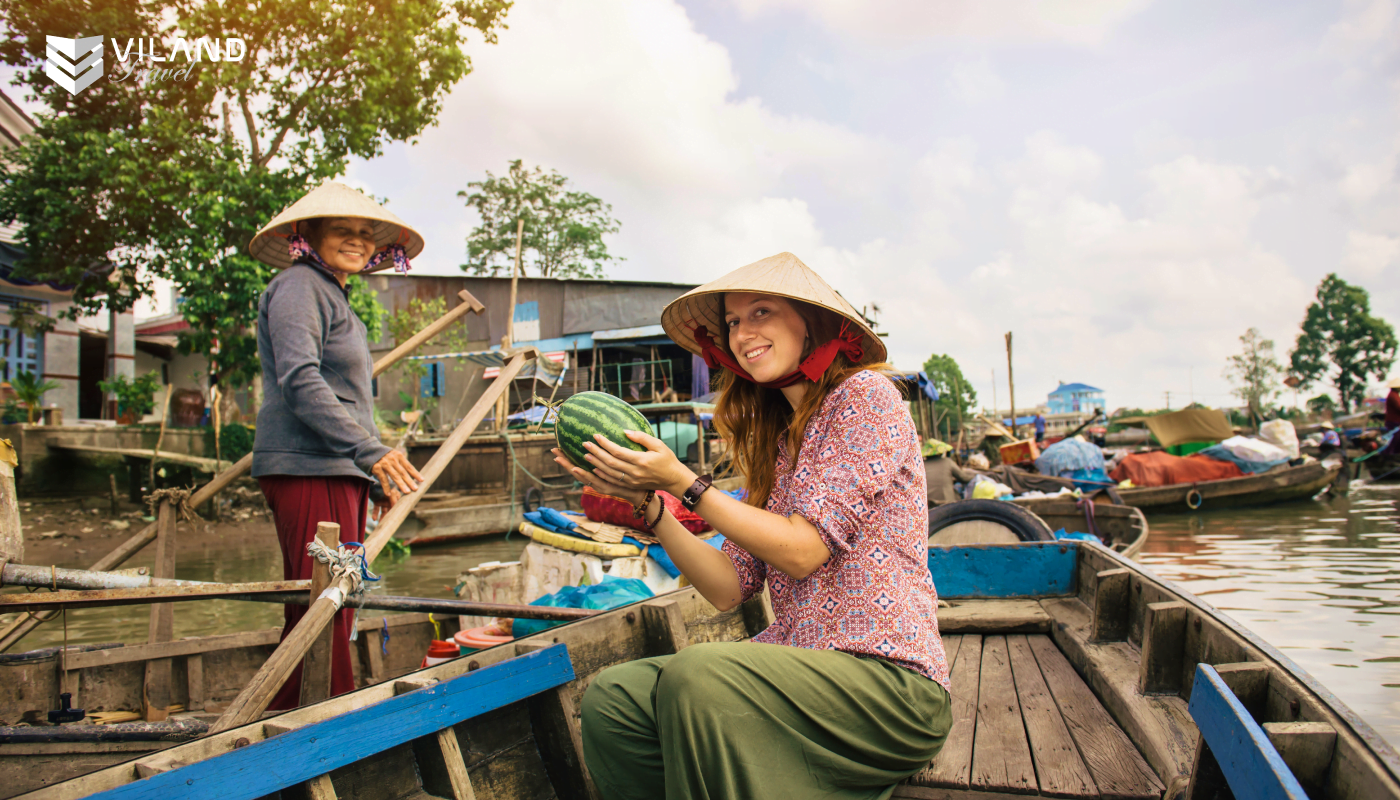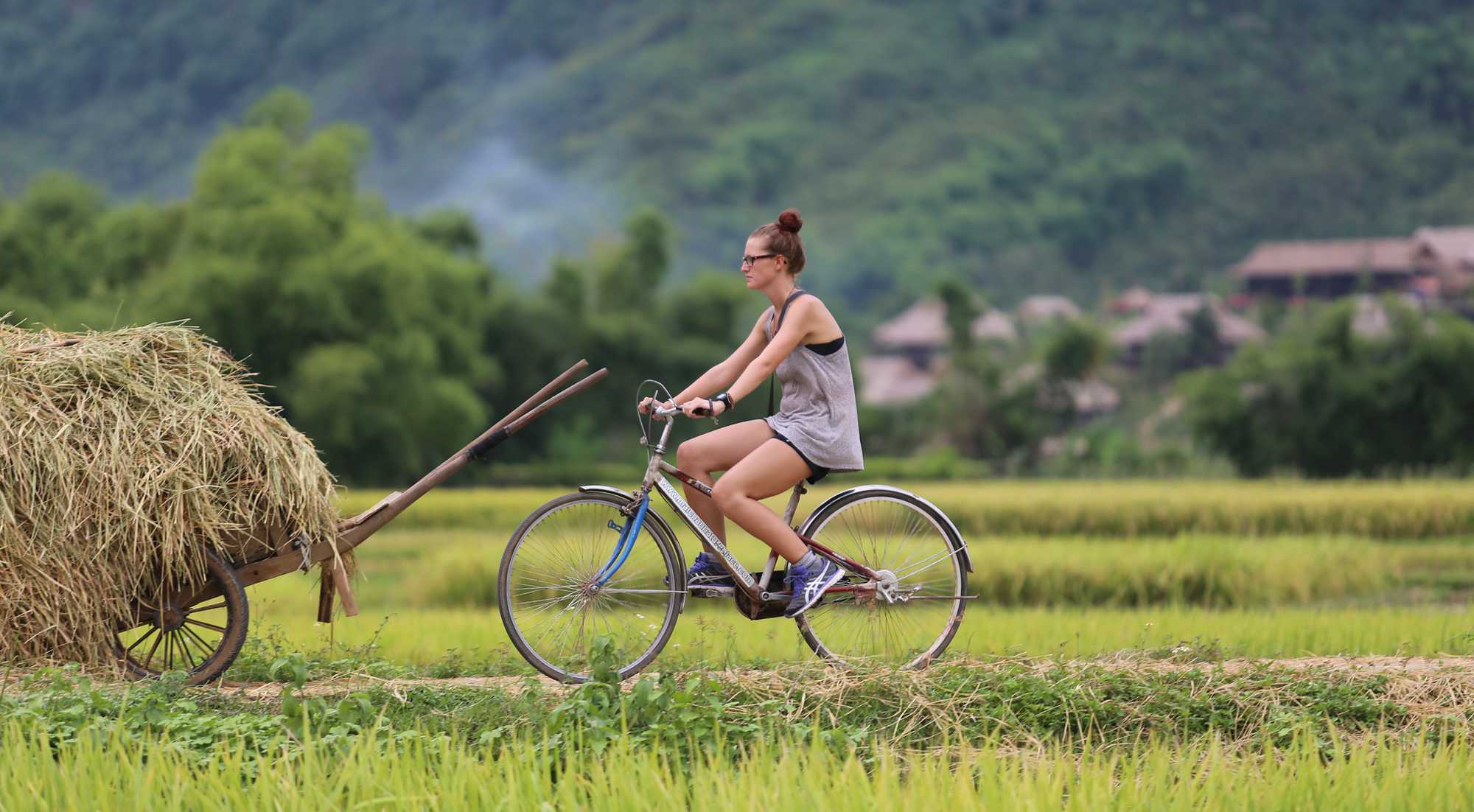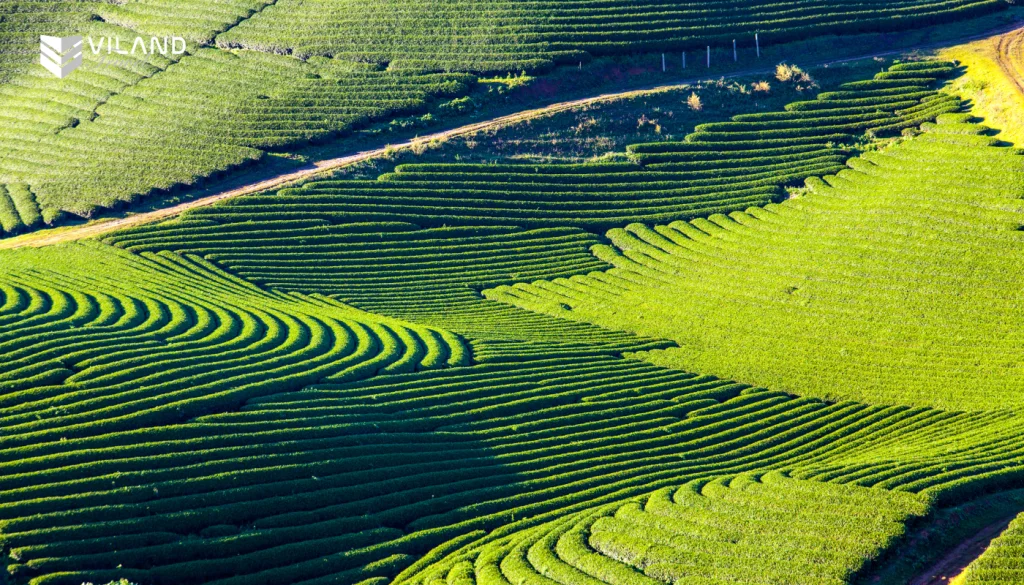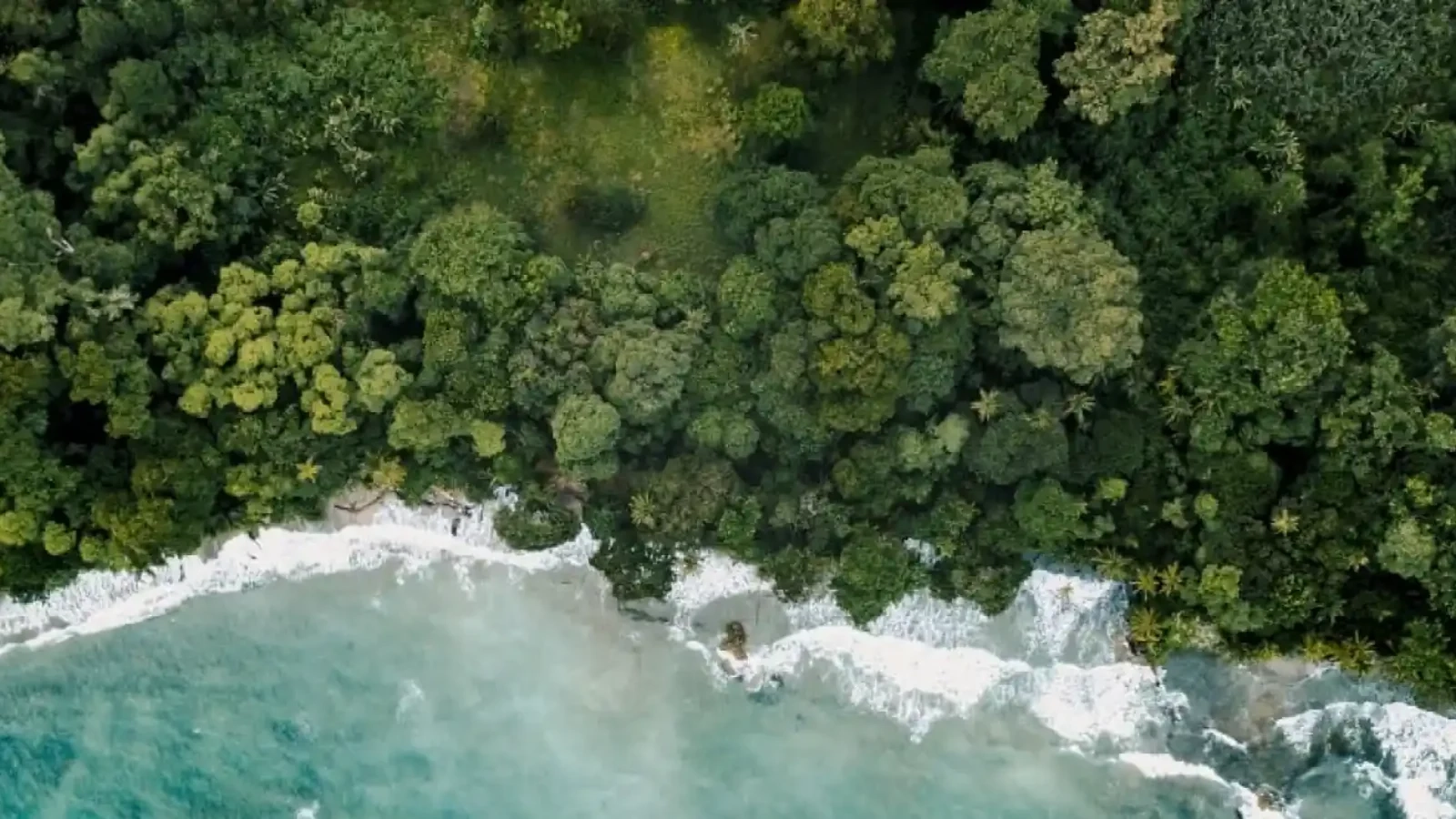Vietnamese iced coffee, known as "ca phe sua da," is a cherished and revitalizing drink adored for its unique flavor profile. This delectable concoction features robust coffee poured over ice and generously mixed with sweet condensed milk, offering a harmonious fusion of intense aromas and a hint of sweetness.
Indulging in the distinct richness of Vietnamese iced coffee is an experience not to be missed. This iconic beverage is a staple among Vietnamese refreshments, revered for its invigorating qualities and delightful taste. Particularly popular in Vietnam's tropical climate, it serves as a refreshing respite from the heat.
Embraced by both locals and tourists alike, Vietnamese iced coffee holds a special place in the hearts of many. Its preparation and consumption are steeped in tradition and cultural significance, making it a cherished aspect of Vietnamese culinary heritage.
For those eager to explore the wonders of Vietnamese iced coffee, dive into this guide to uncover everything you need to know about this beloved beverage. From its origins to its preparation methods, discover the secrets behind its irresistible allure and join the legions of coffee enthusiasts who have fallen under its spell.
Traditionally, Vietnamese iced coffee is crafted using robusta beans, which are often viewed less favorably than arabica beans by global coffee connoisseurs. However, robusta beans thrive in Vietnam's soil due to their resilience against pests and diseases. While some may perceive them as inferior, there are high-quality robusta varieties, albeit less common. The key to a great cup of coffee lies not only in the beans but also in the roasting process and preparation method. Robusta beans, with their slightly bitter and sweet notes, pair exceptionally well with condensed milk, creating the beloved ca phe sua da. In contrast, using arabica beans in this concoction may result in a less satisfying flavor profile. The perception of Vietnamese robusta beans is evolving positively, as demonstrated by their use by barista champions like Takayuki Ishitani. This shift reflects a growing recognition of the unique qualities and potential of robusta beans in creating exceptional coffee experiences.
Vietnamese iced coffee undergoes a meticulous brewing process with a drip Phin filter. This method allows for a slow drip, ensuring the extraction of robust flavors. The Vietnamese coffee filter, known as the "Phin," yields a more robust brew compared to American drip machines and French presses due to several distinct factors. Its metal design is a key element that contributes to the unique flavor of Vietnamese coffee. Referred to interchangeably as a Vietnamese press or Vietnamese dripper, the Phin is essential for brewing authentic Vietnamese coffee.
Comprising three or four parts, the Phin consists of:
The lid: This component helps retain heat and prevents excessive evaporation during brewing.
The body: The central cylindrical portion where coffee grounds are placed for brewing.
A filter disk: Positioned inside the body atop the coffee grounds to facilitate filtration.
The rim or lip: The outer edge of the filter, allowing it to rest securely on a glass while brewing.
Dating back to the 19th century, this tradition of crafting iced coffee was introduced to Vietnam by the French. Once brewed, the coffee is poured over ice and blended with sweet condensed milk, resulting in a harmonious blend of bold coffee notes and creamy sweetness. Its enduring popularity stems from the distinct charm of the slow brewing process, allowing for leisurely enjoyment. Whether enjoyed on the bustling streets of Vietnam or savored across the globe, "ca phe sua da" stands as a cultural icon, symbolizing Vietnam's rich coffee heritage and the artistry behind its beloved beverages.
- Traditional Phin filter for brewing
- Sweetened condensed milk for creaminess and sweetness
- Ice cubes for chilling
- Achieve balance between ingredients for a refreshing cup
*Pro tip: For the perfect Vietnamese iced coffee with condensed milk, it's crucial to control the coffee drip time, aiming for completion within 5-7 minutes once the water begins pouring. If the flow is too fast, the coffee may taste sour (under-extracted), while too slow may lead to bitterness (over-extraction). Maintain an average drip rate of approximately one drop per second, adjusting slightly for pure coffee or moderately fine grounds. To avoid sediment, place the Phin lid beneath while steeping, then transfer both the coffee and sediment back into the Phin. Before pouring the coffee over ice, discard any melted ice water to enhance the brew's flavor.
Vietnamese iced coffee with condensed milk is typically preferred over black iced coffee for its rich and creamy flavor. However, the calorie count in Vietnamese iced coffee varies depending on the type of milk used. A cup made with condensed milk contains approximately 95 calories, while fresh milk adds about 135 calories, a Latte contains 125 calories, and a Bac Xiu has around 105 calories. In comparison, a classic black coffee contains only about 10 calories.
Apart from flavor, the caffeine content in Vietnamese iced coffee also varies based on the type of milk used. On average, a cup of Vietnamese iced coffee typically contains around 95mg of caffeine. Whether you prefer a bold taste or are seeking a caffeine boost, Vietnamese iced coffee offers flexibility in customization to suit your preferences.
Trying Vietnamese iced coffee allows travelers to immerse themselves in the country's vibrant culinary scene and appreciate its cultural nuances. Each sip tells a story of Vietnam's history and traditions, from its French colonial influence to its innovative coffee-making techniques.
Viland Travel's customized tours offer travelers the opportunity to delve deeper into Vietnam's culinary heritage and discover the secrets behind authentic Vietnamese iced coffee. With expertly crafted itineraries and insider knowledge, Viland Travel ensures that every aspect of your journey is tailored to provide the most authentic and memorable experiences. Whether exploring bustling city streets or serene countryside landscapes, Viland Travel guarantees an unforgettable expedition through Vietnam's diverse and flavorful culinary landscape.
Indulging in the distinct richness of Vietnamese iced coffee is an experience not to be missed. This iconic beverage is a staple among Vietnamese refreshments, revered for its invigorating qualities and delightful taste. Particularly popular in Vietnam's tropical climate, it serves as a refreshing respite from the heat.
Embraced by both locals and tourists alike, Vietnamese iced coffee holds a special place in the hearts of many. Its preparation and consumption are steeped in tradition and cultural significance, making it a cherished aspect of Vietnamese culinary heritage.
For those eager to explore the wonders of Vietnamese iced coffee, dive into this guide to uncover everything you need to know about this beloved beverage. From its origins to its preparation methods, discover the secrets behind its irresistible allure and join the legions of coffee enthusiasts who have fallen under its spell.
1. What makes Vietnamese iced coffee one of the best in the chart?
Vietnamese iced coffee, known as ca phe sua da, is celebrated by many coffee aficionados as one of the finest brews globally, thanks to its unique blend of robusta beans and condensed milk. According to a recent survey by TasteAtlas, this delightful beverage shares the top spot with Italian ristretto, scoring an impressive 4.6 out of 5 points. Vietnamese "ca phe sua da" holds a special place in the hearts of coffee enthusiasts.Traditionally, Vietnamese iced coffee is crafted using robusta beans, which are often viewed less favorably than arabica beans by global coffee connoisseurs. However, robusta beans thrive in Vietnam's soil due to their resilience against pests and diseases. While some may perceive them as inferior, there are high-quality robusta varieties, albeit less common. The key to a great cup of coffee lies not only in the beans but also in the roasting process and preparation method. Robusta beans, with their slightly bitter and sweet notes, pair exceptionally well with condensed milk, creating the beloved ca phe sua da. In contrast, using arabica beans in this concoction may result in a less satisfying flavor profile. The perception of Vietnamese robusta beans is evolving positively, as demonstrated by their use by barista champions like Takayuki Ishitani. This shift reflects a growing recognition of the unique qualities and potential of robusta beans in creating exceptional coffee experiences.
Vietnamese iced coffee undergoes a meticulous brewing process with a drip Phin filter. This method allows for a slow drip, ensuring the extraction of robust flavors. The Vietnamese coffee filter, known as the "Phin," yields a more robust brew compared to American drip machines and French presses due to several distinct factors. Its metal design is a key element that contributes to the unique flavor of Vietnamese coffee. Referred to interchangeably as a Vietnamese press or Vietnamese dripper, the Phin is essential for brewing authentic Vietnamese coffee.
Comprising three or four parts, the Phin consists of:
The lid: This component helps retain heat and prevents excessive evaporation during brewing.
The body: The central cylindrical portion where coffee grounds are placed for brewing.
A filter disk: Positioned inside the body atop the coffee grounds to facilitate filtration.
The rim or lip: The outer edge of the filter, allowing it to rest securely on a glass while brewing.
Dating back to the 19th century, this tradition of crafting iced coffee was introduced to Vietnam by the French. Once brewed, the coffee is poured over ice and blended with sweet condensed milk, resulting in a harmonious blend of bold coffee notes and creamy sweetness. Its enduring popularity stems from the distinct charm of the slow brewing process, allowing for leisurely enjoyment. Whether enjoyed on the bustling streets of Vietnam or savored across the globe, "ca phe sua da" stands as a cultural icon, symbolizing Vietnam's rich coffee heritage and the artistry behind its beloved beverages.
2. How to recreate your very own cup of Vietnamese iced coffee - a must-try Vietnamese delicacy
Discovering the distinctive flavor of Vietnamese iced coffee is as simple as blending three essential ingredients: coffee, condensed milk, and ice. Explore the finest recipe for this renowned beverage and uncover valuable tips below to perfect the art of preparing this iconic drink!2.1. Vietnamese iced coffee recipe
Ingredients and tools:
- Vietnamese coffee beans, preferably Robusta for rich flavor- Traditional Phin filter for brewing
- Sweetened condensed milk for creaminess and sweetness
- Ice cubes for chilling
- Achieve balance between ingredients for a refreshing cup
Instruction:
- Step 1. Rinse the coffee-making tools: Phin (drip filter), glass, and saucer to enhance flavor.
- Step 2. Pour condensed milk into the brewing glass, typically using 2-3 spoons for each Phin. Adjust to taste. (Milk can also be added after brewing.)
- Step 3. Add coffee grounds to the Phin and gently shake to level the surface. Place the Phin over the glass and press lightly to compress the coffee.
- Step 4. Let the water cool to 93-95°C, then slowly pour over the coffee surface. Set the Phin on its lid, adding boiling water to aid absorption and ensure even soaking.
- Step 5. After 1-2 minutes, fill the drip Phin almost to the top and close the lid.
- Step 6. Wait for 3-5 minutes until the coffee drips through. Stir the coffee and condensed milk thoroughly.
- Step 7. Pour over ice and enjoy your meticulously brewed Vietnamese iced coffee.

*Pro tip: For the perfect Vietnamese iced coffee with condensed milk, it's crucial to control the coffee drip time, aiming for completion within 5-7 minutes once the water begins pouring. If the flow is too fast, the coffee may taste sour (under-extracted), while too slow may lead to bitterness (over-extraction). Maintain an average drip rate of approximately one drop per second, adjusting slightly for pure coffee or moderately fine grounds. To avoid sediment, place the Phin lid beneath while steeping, then transfer both the coffee and sediment back into the Phin. Before pouring the coffee over ice, discard any melted ice water to enhance the brew's flavor.
Vietnamese iced coffee with condensed milk is typically preferred over black iced coffee for its rich and creamy flavor. However, the calorie count in Vietnamese iced coffee varies depending on the type of milk used. A cup made with condensed milk contains approximately 95 calories, while fresh milk adds about 135 calories, a Latte contains 125 calories, and a Bac Xiu has around 105 calories. In comparison, a classic black coffee contains only about 10 calories.
Apart from flavor, the caffeine content in Vietnamese iced coffee also varies based on the type of milk used. On average, a cup of Vietnamese iced coffee typically contains around 95mg of caffeine. Whether you prefer a bold taste or are seeking a caffeine boost, Vietnamese iced coffee offers flexibility in customization to suit your preferences.
Final thoughts
When venturing through Vietnam, savoring a cup of authentic Vietnamese iced coffee is an essential experience for travelers. Renowned for its bold flavors and unique preparation method, this delightful beverage offers a taste of Vietnam's rich coffee culture. The harmonious blend of strong, aromatic coffee and sweet condensed milk over ice creates a refreshing and indulgent treat, perfect for cooling off in Vietnam's tropical climate.Trying Vietnamese iced coffee allows travelers to immerse themselves in the country's vibrant culinary scene and appreciate its cultural nuances. Each sip tells a story of Vietnam's history and traditions, from its French colonial influence to its innovative coffee-making techniques.
Viland Travel's customized tours offer travelers the opportunity to delve deeper into Vietnam's culinary heritage and discover the secrets behind authentic Vietnamese iced coffee. With expertly crafted itineraries and insider knowledge, Viland Travel ensures that every aspect of your journey is tailored to provide the most authentic and memorable experiences. Whether exploring bustling city streets or serene countryside landscapes, Viland Travel guarantees an unforgettable expedition through Vietnam's diverse and flavorful culinary landscape.



